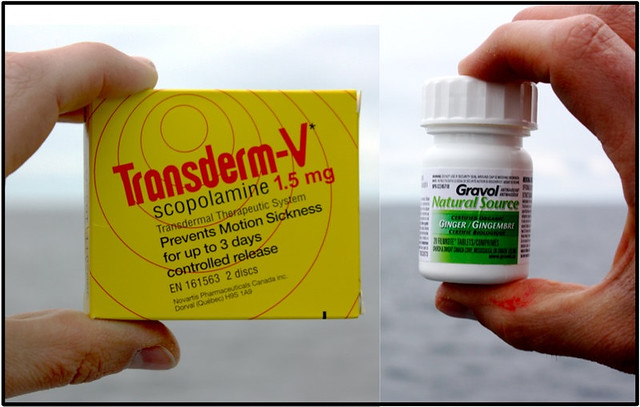There are the lucky few who can handle a pitching and rolling ship with little ill effect, but for the rest, chemically numbing out the nerve cells in your ears (the semicircular canals) that register movement is required. I went to bed last night with no ill effects and definitely thought I was one of the lucky few, but awoke this morning to dizziness and nausea. Like the resonance of an earthquake bringing a tall building down, the motion of the ship was of just the right form to lay me flat it seems. Without question, a horrible feeling to have, but as a scientist, I embraced the opportunity to experiment on myself and see which of many remedies will work the best: Gravol, transdermal patches, or ginger. I started with the ‘patch’.
So, it is a testament to their dedication to marine research, that many of the people aboard this cruise work with their mild to severe susceptibility to seasickness and press on to gather the data that will allow us to better understand our oceans.

Blog post by Scott Doehler
Marine Educator, Ocean Networks Canada
No comments:
Post a Comment